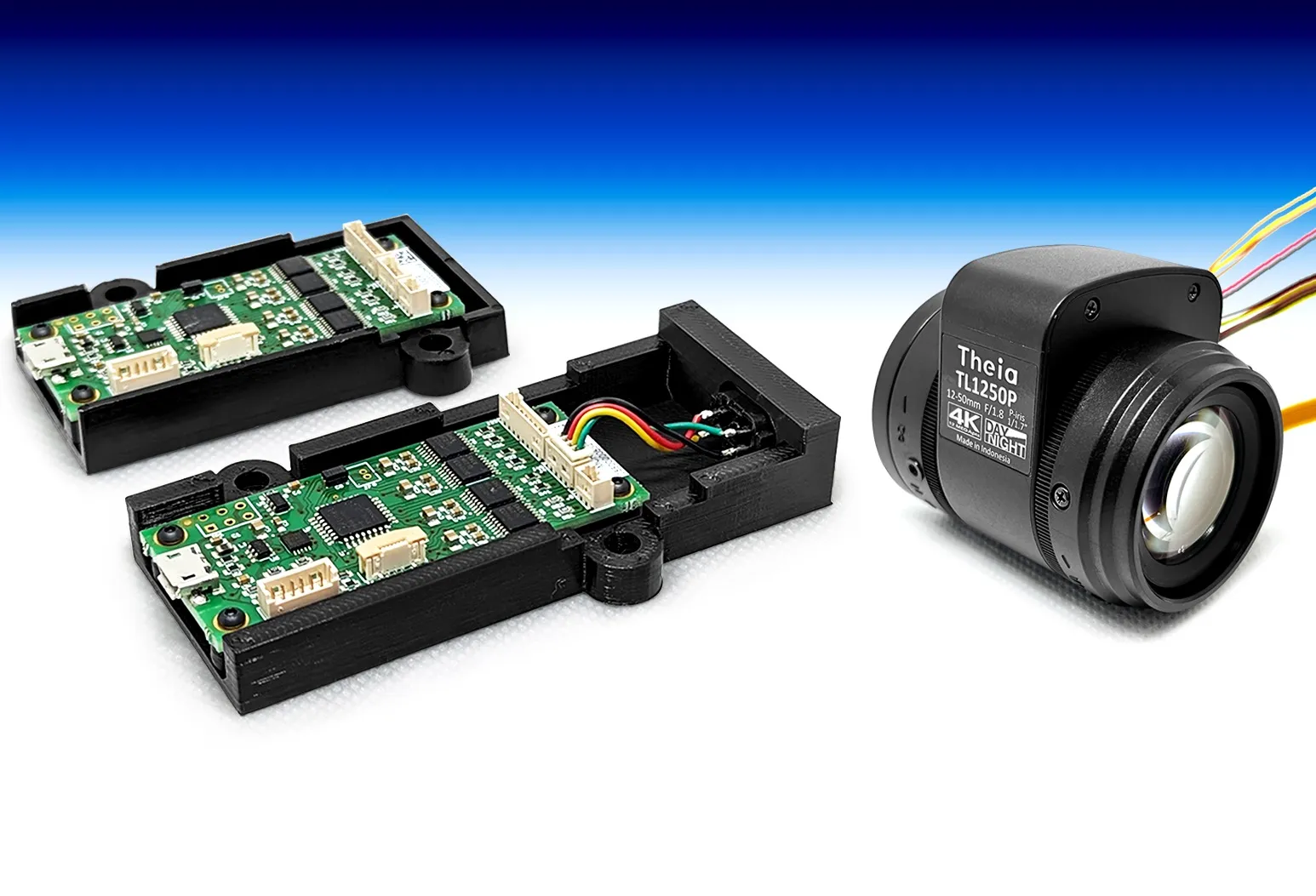Allied Vision has released a new entry-level Goldeye model for the short wave infrared spectrum (SWIR), the Goldeye G-008 SWIR, which has all the features and benefits of the current Goldeye camera family, including all image correction and optimisation functionalities. It is equipped with a smaller resolution sensor, making infrared imaging affordable for many cost-sensitive applications in which the lower resolution is enough to do the job. The Goldeye G-008 SWIR is fitted with a QVGA InGaAs sensor (320 x
October 19, 2015
Read time: 2 mins
The Goldeye G-008 SWIR is fitted with a QVGA InGaAs sensor (320 x 256 pixels, 30 µm pixel size) making it sensitive in the short wave infrared spectrum ranging from 900 to 1,700 nm.
With frame rates up to 344 fps at full resolution, versatile application fields can be addressed and processes can be sped up strongly. Thanks to its ultra-high intra-scene dynamic range of 75 dB, the camera is suitable for applications requiring to capture simultaneously bright and dark portions of a scene, such as outdoor and surveillance imaging at night or specific industrial applications like laser welding.
The Goldeye G-008 SWIR relies on the GigE Vision industrial standard as an interface. The camera’s GenICam compatibility means it can easily be used with the most popular image processing libraries.










